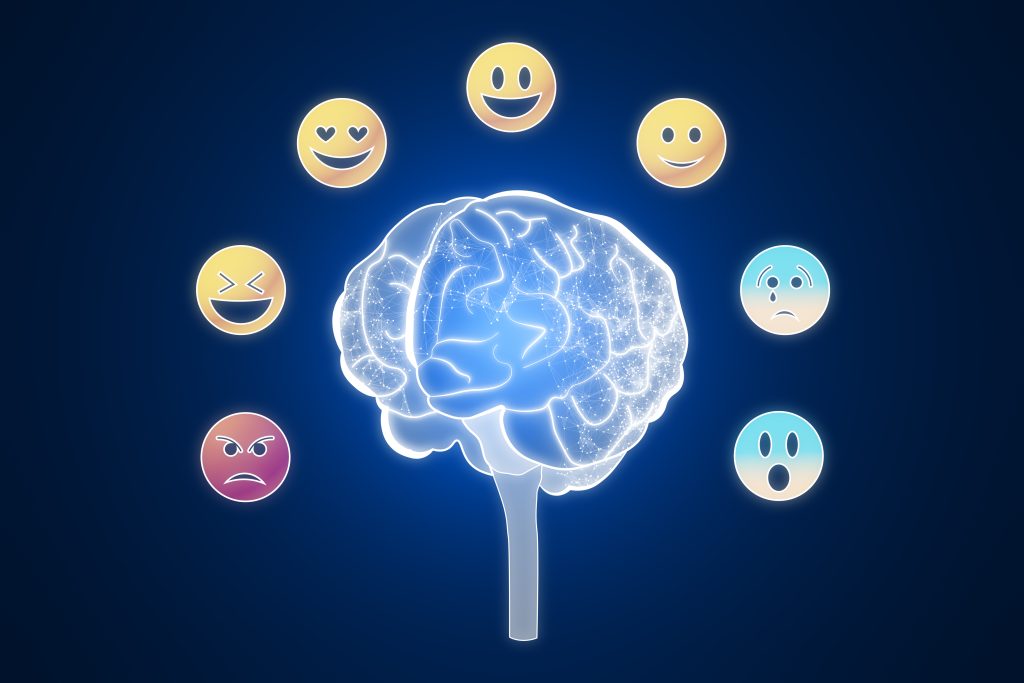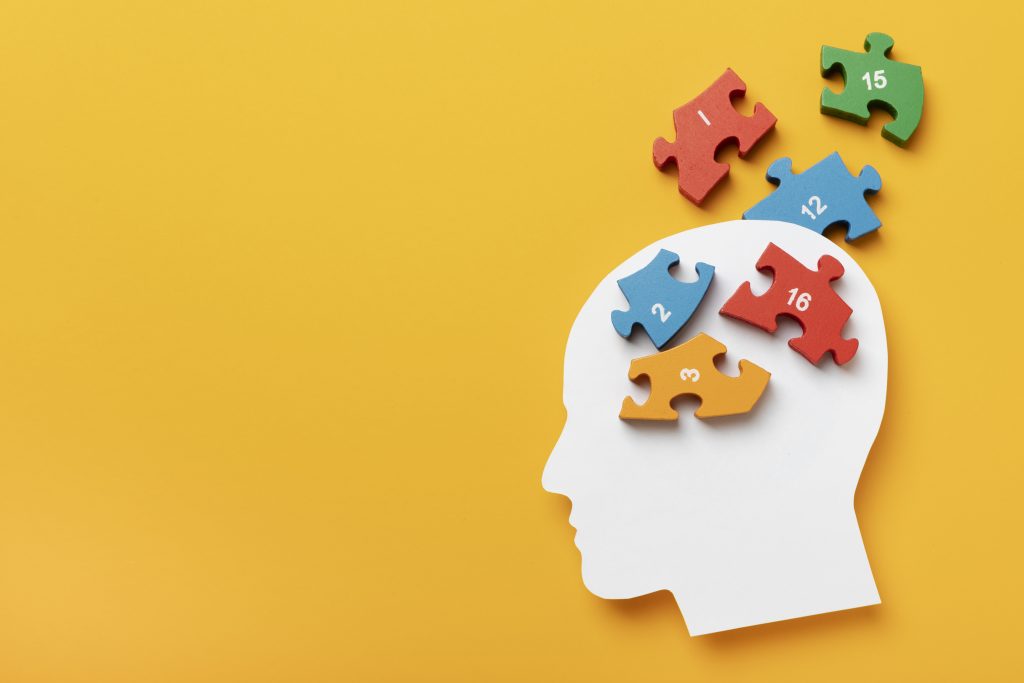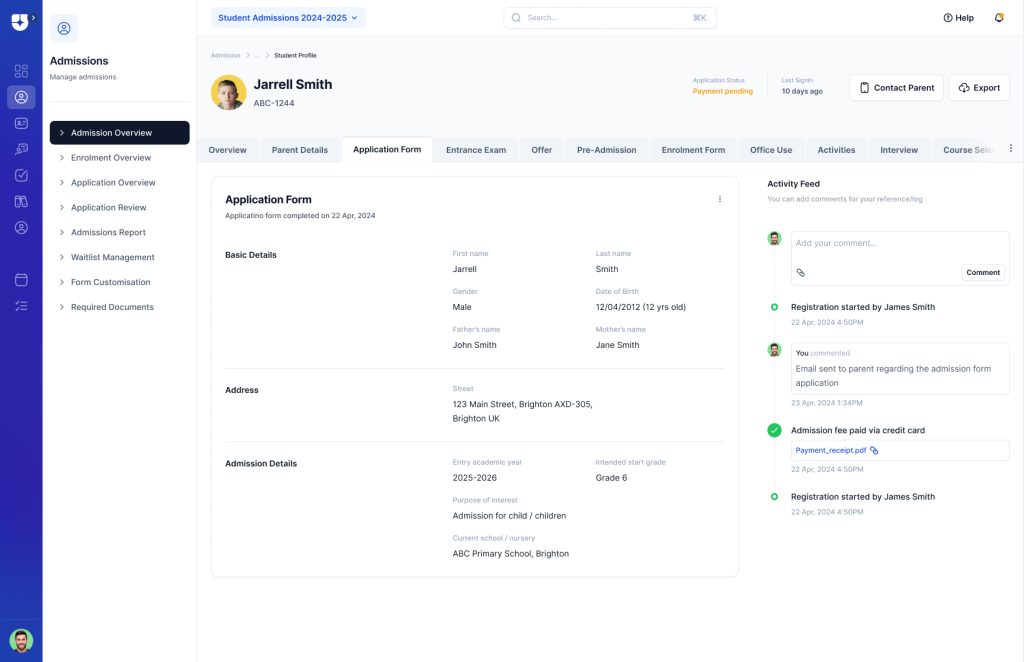Introduction

Social Emotional Learning in education is rapidly becoming a cornerstone of modern teaching practices. Education today is about much more than mastering academic subjects or achieving high grades. While foundational knowledge and subject proficiency remain essential, the modern educational landscape recognises the profound importance of developing students’ social and emotional skills. SEL is at the heart of this holistic approach, equipping young people with the tools they need to navigate both school life and the wider world with confidence, empathy, and resilience.
What is Social Emotional Learning?

Social Emotional Learning is a structured educational approach that enables students to recognise and manage their emotions, set and accomplish positive goals, show empathy for others, build and sustain healthy relationships, and make responsible choices. Rather than existing as a standalone subject, SEL is interwoven throughout the curriculum and school culture, promoting both personal development and academic success.
The Five Core CASEL Framework of SEL
The widely respected CASEL competencies identifies five essential components of SEL, each playing a crucial role in a student’s development:
- 1. Self-Awareness:
This refers to the ability to recognise one’s emotions, values, strengths, and limitations. Developing self-awareness fosters self-confidence, an accurate self-image, and a growth mindset – all vital for continuous personal growth. - 2. Self-Management:
It is not enough to simply recognise emotions; students must also learn to regulate them effectively. Self-management includes skills such as emotional regulation, stress management, goal setting, and exercising self-discipline. Mastery of these abilities allows students to respond constructively to challenges and setbacks. - 3. Social Awareness:
Social awareness involves understanding and empathising with others, including individuals from diverse backgrounds and cultures. It nurtures respect, compassion, and an appreciation for differing perspectives, all of which are essential for cultivating inclusive and supportive communities. - 4. Relationship Skills:
Students must be able to communicate effectively, listen attentively, collaborate with peers, resolve conflicts, and seek or offer assistance when needed. Strong relationship skills form the foundation for healthy friendships, successful teamwork, and leadership development. - 5. Responsible Decision-Making:
This competency revolves around making ethical and constructive choices regarding personal and social behaviour. It requires careful evaluation of actions and their consequences, with consideration for the well-being of oneself and others.
Benefits and Significance of SEL
Numerous studies highlight the transformative impact of SEL in schools. According to a meta-analysis of SEL programmes:
- There is an 11% improvement in academic performance among students participating in SEL.
- SEL leads to a 9% decrease in conduct problems and a 10% decrease in emotional distress such as anxiety and depression.
- Students demonstrate a 23% improvement in social and emotional skills and a 9% improvement in positive classroom behaviour.
- SEL contributes to reductions in bullying, aggression, and disciplinary issues, fostering a safer and more supportive school environment.
Beyond the classroom, SEL skills are linked to long-term benefits such as improved mental health, greater resilience, and higher rates of success in work and relationships
Teaching Social Emotional Learning: Strategies and Principles

Integrating SEL into daily teaching requires intentionality and a supportive environment. Effective strategies include:
- • Creating a Safe and Nurturing Environment: Classrooms should be spaces where students feel valued, respected, and encouraged to express themselves.
- • Integrating SEL Across the Curriculum: Embed social and emotional skill-building into lessons across all subjects, rather than treating it as an isolated topic.
- • Providing Direct Instruction: Explicitly teach SEL competencies through real-life scenarios, discussions, and reflective exercises.
- • Encouraging Reflection and Constructive Feedback: Regularly invite students to reflect on their emotions, relationships, and decision-making processes while providing thoughtful feedback.
- • Promoting Respectful Communication: Foster a culture of open dialogue, mutual respect, and active listening.
- • Empowering Students: Motivate students to take ownership of their social and emotional skills development by setting personal goals and monitoring their progress.
Real-World Example: The Jesse Lewis Choose Love Movement
The Jesse Lewis Choose Love Movement offers a no-cost Character Social Emotional Development (CSED) programme, which has been adopted by over 10,000 schools across all 50 U.S. states and more than 120 countries, reaching over 3 million children globally. This programme integrates SEL principles into daily curricula, focusing on nurturing, healing, and love—values Jesse had inscribed on their family’s chalkboard shortly before his passing.
Schools implementing the Choose Love programme have reported notable improvements in student behaviour, emotional resilience, and academic performance. These examples of social emotional learning in the classroom highlight how embedding SEL into educational systems can foster a more empathetic and supportive school culture, equipping students with essential life skills.
The Broader Benefits of SEL

The benefits of social emotional learning for students are not confined to the individual; they ripple outwards, strengthening families, schools, and communities. Students with strong social and emotional learning skills are better equipped to build positive relationships at home, contribute meaningfully to their communities, and flourish in diverse social settings. Additionally, SEL supports educational equity by addressing the varied needs of all learners, helping to create inclusive and collaborative learning environments.
Conclusion
Social Emotional Learning in schools is an essential pillar of contemporary education, helping to nurture well-rounded individuals who thrive academically, socially, and emotionally. By embedding SEL into the very fabric of school culture and curriculum, educators empower students to become empathetic, resilient, and responsible citizens – ready to meet the complexities of life beyond the classroom.
“Educating the mind without nurturing the heart is no education at all.”
FAQs
1. What is Social Emotional Learning (SEL) and why is it important in schools?
SEL is the process through which students develop essential skills such as self-awareness, emotional regulation, empathy, relationship-building, and responsible decision-making. SEL is important because it supports students’ academic success, mental health, and overall well-being, preparing them for lifelong personal and professional challenges.
2. What are the core competencies of Social Emotional Learning?
The five core competencies of SEL are:
• Self-awareness
• Self-management
• Social awareness
• Relationship skills
• Responsible decision-making
These competencies help students understand and manage their emotions, build positive relationships, and make ethical choices.
3. How does SEL impact academic performance?
Research shows that students engaged in SEL programmes demonstrate improved academic outcomes, including higher grades and better test scores. SEL fosters skills like focus, perseverance, and collaboration, which enhance learning and classroom behaviour.
4. How can schools effectively integrate SEL into their curriculum?
Schools can integrate SEL by embedding it across subjects, providing explicit instruction on social and emotional skills, creating safe and inclusive environments, and offering ongoing teacher training. Encouraging reflection, dialogue, and community involvement also strengthens SEL implementation.
5. What long-term benefits do students gain from SEL?
Beyond school, SEL equips students with resilience, empathy, and interpersonal skills essential for success in the workplace and society. It reduces behavioural problems, supports mental health, and fosters responsible citizenship, contributing to healthier communities.

